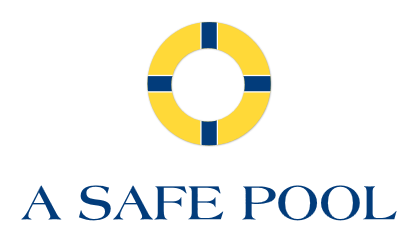Pools and warm, summer weather are synonymous with parties. Whether you’re having the neighborhood over for a barbecue or you’re a fan of all-out blowouts on the 4th of July, Memorial Day, and Labor Day, swimming pools are great gathering places for friends and family. But it’s important to note that drinking and swimming don’t exactly go hand in hand. When it comes to summer parties, you should always establish some basic water safety rules.
The Dangers of Drinking and Swimming
Did you know that alcohol contributes to at least 20% of all adult deaths due to drowning each year? For young adults between 15 to 29 years old, that number climbs as high as 41%.
These are a few of the reasons that drinking and swimming is so dangerous:
- Impaired Judgment: Alcohol may loosen inhibitions, but that’s because it affects the part of the brain that gauges risk. This can be quite dangerous when it comes to pool safety.
- Impaired Reactions: Alcohol seriously impairs motor skills and reduces one’s ability to react quickly.
- Reduced Coordination: Along with lowered and loosened inhibitions and reduced motor skills, alcohol also decreases one’s ability to stay coordinated. This can contribute to potentially deadly slips and falls.
- Lowers the Effectiveness of CPR: Because alcohol causes blood to thin, it can lower how effective CPR is if resuscitation is necessary.
What Alcohol and Swimming Does to the Human Body
Anyone drinking and swimming should also know how alcohol alters the human body:
- Inner Ear Imbalance: Fluid in the human ear determines balance. Alcohol reduces the ear’s ability to maintain this fluid balance.
- Vocal Cord Spasms: Water in the windpipe triggers a closing reflex, reducing the body’s ability to breathe.
- Hypothermia: Typically, cold water, even if it’s not freezing, will trigger the body’s natural reflex to draw blood away from the extremities and limbs and focus on vital organs. This prevents heat loss. However, alcohol prevents this natural response, increasing the likelihood of hypothermia as the body won’t register numbness.
Water Safety Rules for Parties and Events Around the Pool
Although the safest thing to do would be to refrain from drinking and swimming entirely, there are still ways you can have a good time without risking serious injury.
- Stay Out of the Deep End: If you’re drinking and swimming, stay towards the shallow end of the pool. This reduces your risk of drowning substantially.
- Wait a While After Drinking: Depending on how much you’re drinking, one single beverage takes about an hour to two hours to metabolize. If you’re at a party having multiple drinks in one sitting, it’s best to wait until the most disinhibiting effects of alcohol have subsided before you decide to take a dip.
- Watch What You’re Drinking: In terms of alcohol percentage, you’d be hard pressed to find a can of beer that’s even close in alcohol content to grain liquor or vodka.
- Watch Your Body Temperature: If you’re swimming and drinking, keep in mind our point about hypothermia. Under the influence of alcohol, your body won’t register heat the same way it does when you’re sober. Try to limit the amount of time you spend in cold water.
Say No to Swimming and Drinking
At A Safe Pool, our mission is to help pool owners, their friends and family enjoy swimming pools as safely as possible. We produce industry-leading removable pool fences, pool safety nets, and pool covers. For more water safety rules and tips, read our blog.
